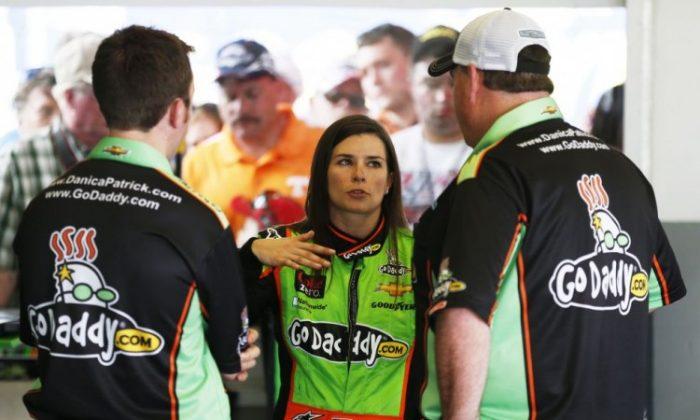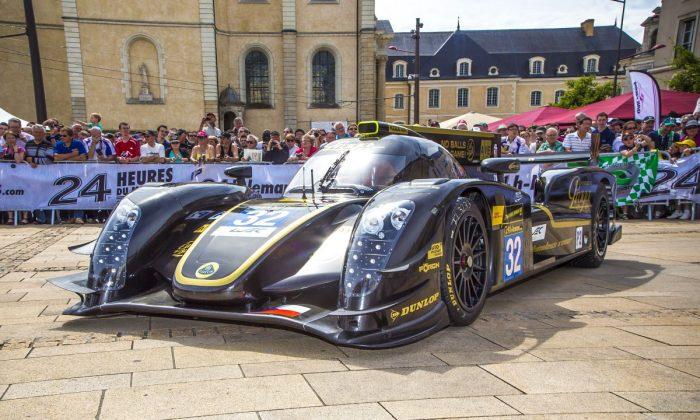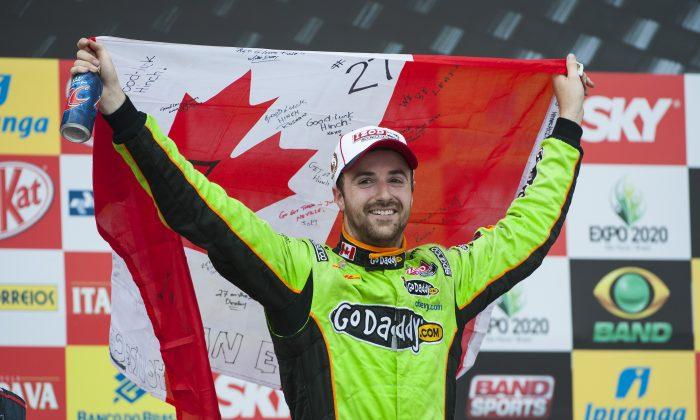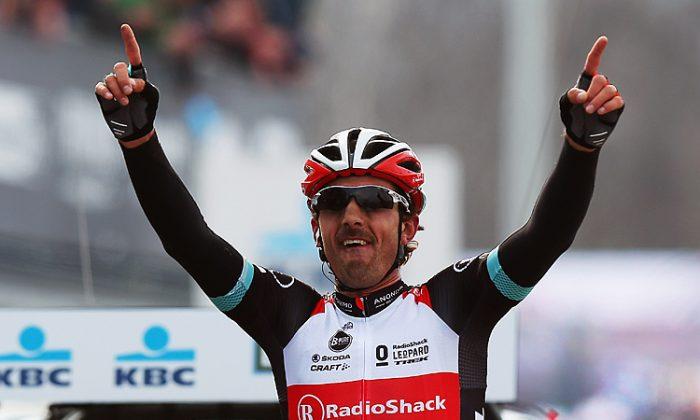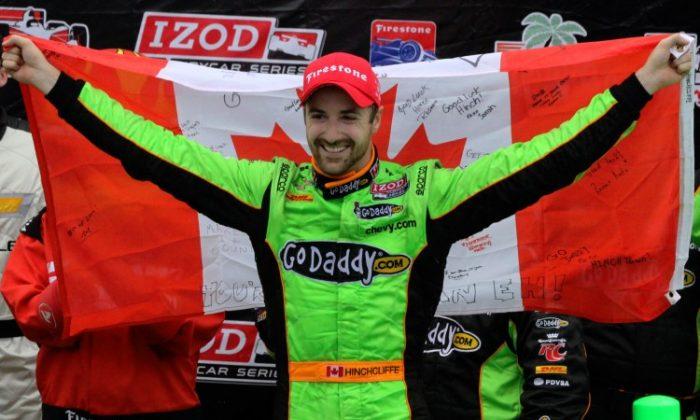Most drivers would be pleased to earn a top-10 finish in the most important race of the season, and even more so if it was that driver’s best finish ever in the series.
That is exactly what Danica Patrick achieved in Sunday’s NASCAR Sprint Cup Daytona 500. Add to that her being the first female driver to win the Daytona pole and the first to lead laps at Daytona, and it sounds like the Sprint Cup rookie had quite a day.
Yet, when she stepped from her car after finishing eighth, even her most media-savvy acting job couldn’t hide the disappointment oozing out of her. Patrick worked hard to find the positives, but she looked heartbroken.
“I would imagine that pretty much anyone would kick themselves and say, ‘What could I have, should have, done to give myself that opportunity to win?’” Patrick told NASCAR.com.
“I kept thinking about that [how to win] the whole time,” she elaborated on ESPN. “You spend a lot of time thinking about what you’re going to do when that opportunity comes—it’s just tough to tell. I kept asking [my spotter] what looked like it was working. You needed a hole, you needed people to help you out.”
“You know, I had a little bit of help here today, here and there,” she continued, trying to strike a positive note. “I felt like if I were to dive low, I had a feeling I was going to get freight-trained.”
In fact, it was because she didn’t dive low that she got freight-trained—passed by a long line of cars that wouldn’t let her in.
Patrick, who drives the No. 10 GoDaddy Chevrolet for Stewart-Haas Racing, ran in the top five through most of the 200-lap race, leading five laps and returning to the front quickly after every pit stop. She was third entering the final lap of the race and had every reason to think she would at least finish on the podium, if not win.
Luck and inexperience worked against her. Driving in only her second Sprint Cup race at Daytona, and in a brand-new car, which no team fully understood, Patrick couldn’t concoct a plan to get around the two cars ahead of her, and her team couldn’t help her either.
“I was thinking in the car, ‘How am I going to do this?’ I didn’t know what to do exactly,” she explained to NASCAR.com.
Instead, two veterans—Dale Earnhardt Jr., who has been in the series since 1999, and Mark Martin, who started in 1981—teamed up to pass Patrick and the second-place driver, Greg Biffle. The rest of the field followed this pair. Patrick and Biffle were bypassed, Biffle finishing sixth and Patrick eighth.
Had Patrick pushed Biffle as Martin had pushed Earnhardt, NASCAR might have crowned its first female race winner and Daytona 500 winner. Instead, the sport’s newest favorite driver learned a harsh lesson.
“I feel like maybe that’s just my inexperience,” she told NASCAR.com. “Maybe that’s me not thinking hard enough, I don’t know, [not] getting creative enough. I’m not sure. I definitely was a little uncertain [of] how I was going to be able to do it. I think Dale [Earnhardt Jr.] did a nice job and shows what happens when you plan it out, you drop back, get that momentum, and you’re able to go to the front.”
“You know, I think he taught me something, and I’m sure I‘ll watch the race and there will be other scenarios out there that I’ll see that can teach me, too,” she concluded.
Patrick has been a racing sensation since breaking into the IndyCar series in 2005 with a fourth-place finish in the Indy 500. She only won one race in her seven-year IndyCar career but was a huge fan favorite, credited with attracting both male and female fans to the struggling series.
Patrick started in NASCAR in 2010, with six races in the second-tier Nationwide Series; her best finish was 19th spot. She ran the full Nationwide season in 2011, scoring a fourth-place finish at Phoenix. In 2012, she ran nationwide, plus 10 races in the premier Sprint Cup series. Her best results were an eighth-place finish in Nationwide and a 17th in Sprint Cup.
2013 is the 30-year-old former Formula car driver’s first full season in Sprint Cup, and she has started off in outstanding fashion, capturing the pole at Daytona for “The Great American Race,” the Daytona 500—the first woman to do so.
Daytona offered Patrick her best chance for a win; a superspeedway track, where cars drive flat-out all the way around, suited her skill set. Her best IndyCar finishes were on ovals, particularly high-banked, flat-out ovals like Homestead or Texas. Most people feel she lacks the car control necessary to excel at more challenging tracks like Phoenix, where the Sprint Cup series races on March 3.
Still, Patrick did have that fourth at Phoenix in Nationwide in 2011. Perhaps the popular rookie will finally get a finish that doesn’t disappoint her next Sunday.
The Epoch Times publishes in 35 countries and in 21 languages. Subscribe to our e-newsletter.
